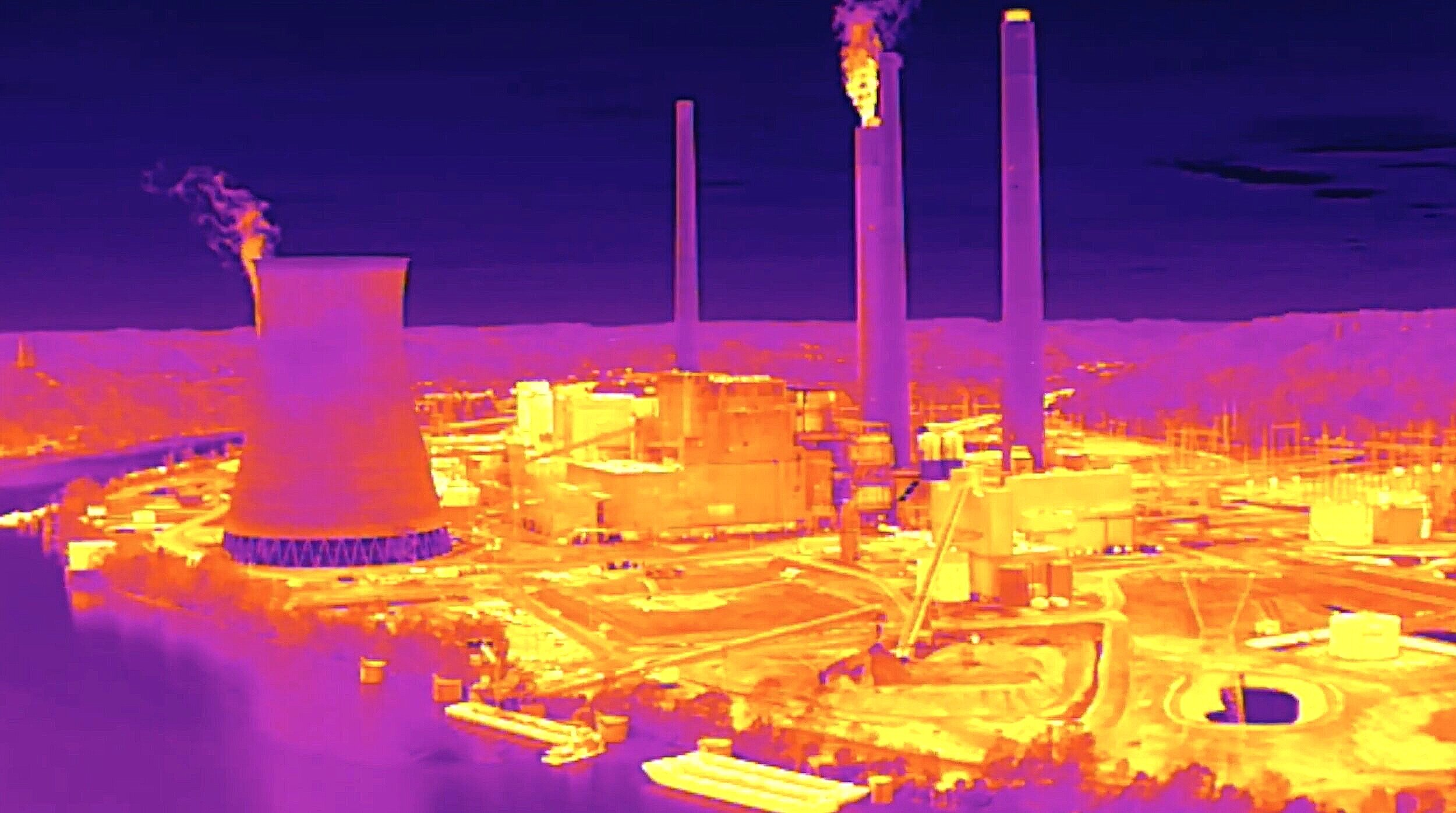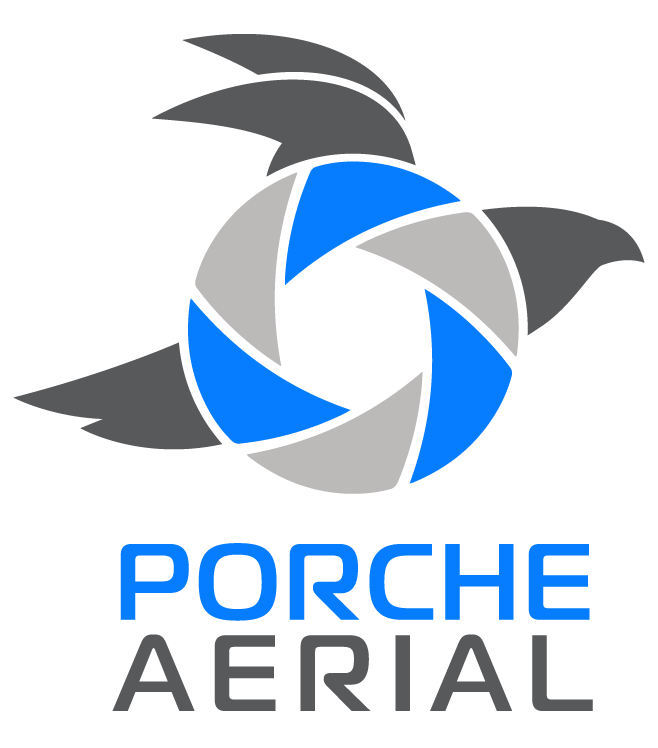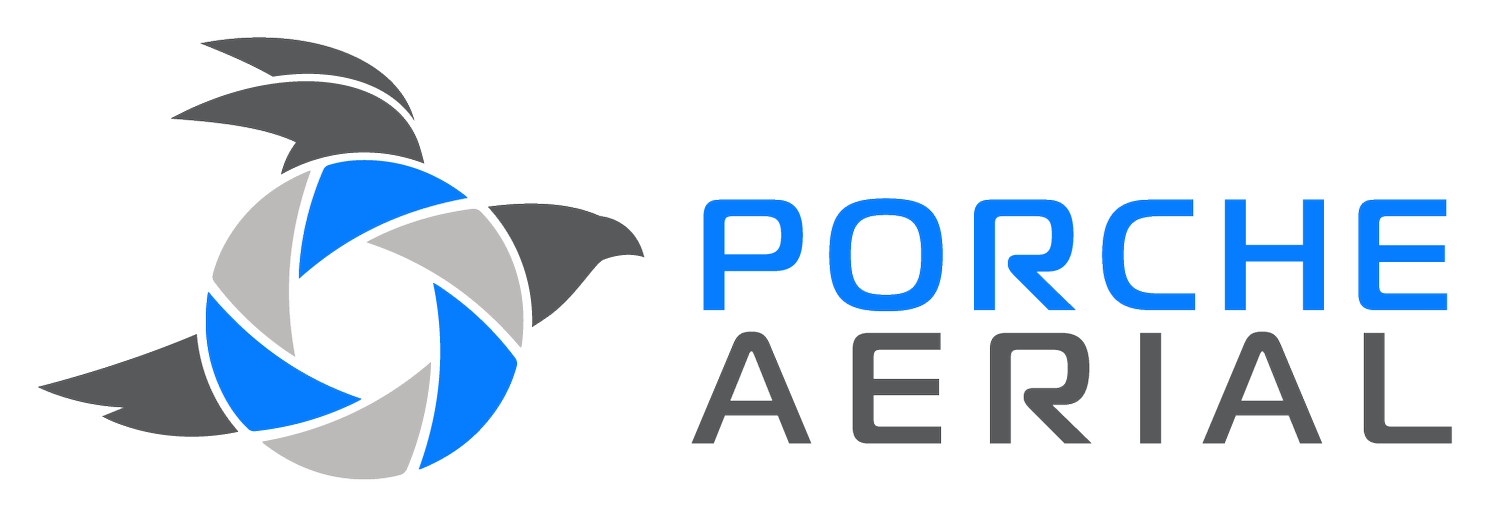
THERMAL IMAGERY
Thermal imagery allows us to see the invisible. We utilize thermal sensors to conduct industrial inspections, leak/water detection, conduct temperature readings and even for search and rescue operations.
Central to the premise of a thermal camera is the concept of infrared radiation – a type of radiation that all objects emit at various levels. The amount of infrared radiation that a body emits is proportional to the amount of thermal energy it emits. What makes infrared radiation and thermal energy useful detection tools are that it is emitted by just about everything, even ice-cold objects.
Just like visible light, infrared radiation is a form of electromagnetic waves. What makes infrared radiation different is that it’s at a frequency that the human eye cannot see. This is where thermal cameras come in.
INDUSTRIES:
Construction: As you can imagine, drone thermal imaging is incredibly efficient in inspecting residential and commercial exteriors. It’s great for scanning leaks and finding sources of energy inefficiencies and exterior issues. For homes, this can save you a lot of money in heating and bigger repair costs that can result from delayed detection of water and structural damage.
Solar: Like commercial roof inspections, solar field inspections can take a lot of time if they were to be inspected manually by foot. Drones can evaluate a large solar area in a fraction of the time and cost from high up in the air, as well as use its high sensitivity features to track cell defects and obtain accurate readings of other specific problem areas on a more regular basis.
Power Distribution: With thermal cameras and certified drone operators, electrical facilities — including substations, power lines, and power distribution systems — can be monitored and examined for overheating spots, damaged components, and faulty connections from a safe distance without the need for expensive equipment or putting lives at risk.
Oil and Gas: Under the oil and gas category are two specific areas of application: refinery and pipeline inspection. For refinery and pipeline inspections, thermal imaging can conveniently quantify leaks from a safe distance.
Our thermal imaging services costs significantly less compared to the traditional use of manned aircraft. Contact us today for a quote.
Applications:
What is Thermal Imaging used for? Many different fields and professionals use Thermal for a variety of applications:
Oil and Gas
Tank Farm Inspections
Search and Rescue (SAR)
Tower and Power Line Inspections
Firefighting
Solar Farm Inspections
Power Engineering
Water Stress Detection
Pipeline Inspection
Building Inspections
& much more.




